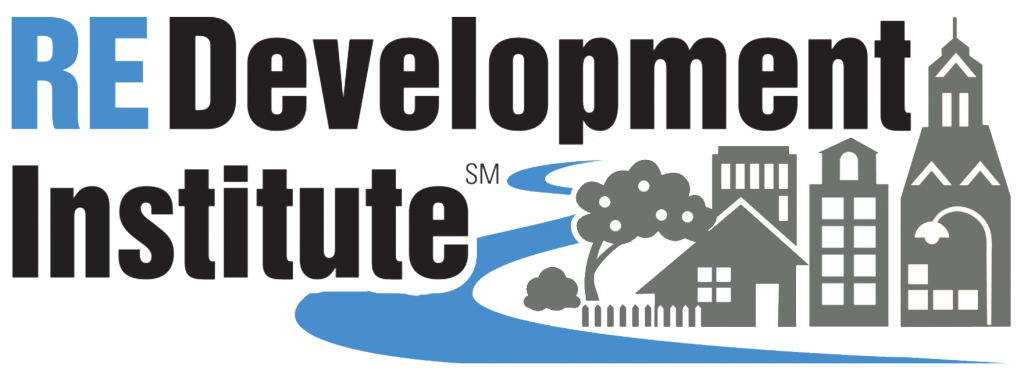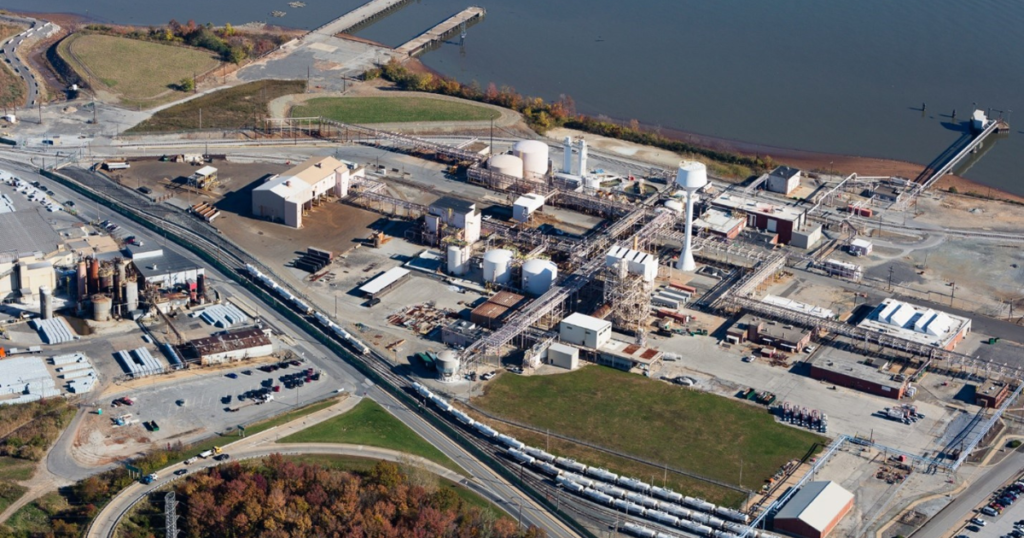(See recording below)
Industrial property owners often face the challenge of having closed facilities and retired assets that are strong candidates for repurposing but are hindered by legacy contamination and other issues that complicate redevelopment. Establishing a strategic approach to managing, remediating, and ultimately finding new uses for these surplus properties can be difficult.
This webinar will showcase success stories from the corporate disposition perspective, focusing on three major sites in Wilmington, DE, Oakley, CA, and Beaumont, TX. This discussion will explore the challenges, lessons learned, and best practices to navigate the complexities to ensure the sustainable redevelopment of industrial sites.
View Webinar Recording:
Slides
Click here to download slides from the webinar.
Speakers

Greg Townsend – The Chemours Company
Greg Townsend currently leads Chemours’ efforts around its former operating sites, a role he assumed when Chemours spun from DuPont as a standalone public company in 2015. He focuses on driving redevelopment options for moving former operating sites back into productive, new reuses. Greg’s background includes leadership positions in business, finance, and technology commercialization at DuPont, with businesses including Packaging & Industrial Polymers and Protection Technologies (Kevlar®, Nomex®, Tyvek®). In addition to operating business assignments, he has held responsible corporate roles in technology licensing, equity venture investments, mergers and acquisitions (M&A) and divestiture.

Sebastian Bahr – The Chemours Company
Sebastian Bahr is currently a Project Director with the Chemours Corporate Remediation Group (CRG), a role he hired into in 2015 when The Chemours Company was spun off from DuPont. He manages a portion of the CRG’s legacy environmental liabilities portfolio with a focus in the Gulf Coast, West Coast and the Rocky Mountains. As part of the remediation efforts with these liabilities, he works with the Former Operating Sites Group, the Real Estate Group, and the Legal Group to develop strategies that incorporate remediation with final disposition to promote the sale and redevelopment of the properties. In addition to remediation assignments, he manages the CRG Construction Network, the CRG EHS Network, and is a Subject Matter Expert (SME) for landfill construction working with the manufacturing facilities in the Titanium Technologies business.

Gregory Schilz, Respondent
Greg has over thirty years of experience as a specialty environmental broker and risk consultant. He is currently a CAC Executive Vice President and leads the CAC Environmental practice. He has served clients on a global basis, placing over 3,000 PLL policies in his career while pioneering the use of cost-cap insurance. He has worked on some of the largest Superfunds sites, such as Iron Mtn and Fox River, a former Army Ammunition depot and redevelopment of a hazardous waste landfill into residential.
He is widely regarded as a thought leader in the industry and works with private equity firms and developers who need to mitigate the risk associated with their asset purchases, divestitures, and the development of Brownfield properties. He also helps lenders, environmental consultants, manufacturing companies, and municipalities mitigate their environmental liabilities, often in the context of corporate and real estate transactions.
Prior to joining CAC, Greg held similar positions at several other major brokerage firms. Over the years, Greg has continued to work with many of the same clients helping to obtain favorable terms, negotiate and draft policy language which best supported the eventual risk transfer process (e.g., liability transfer agreements, stock purchase agreements, and purchase and sale agreements), and he continues to develop innovative solutions for clients utilizing environmental insurance and risk management techniques.

